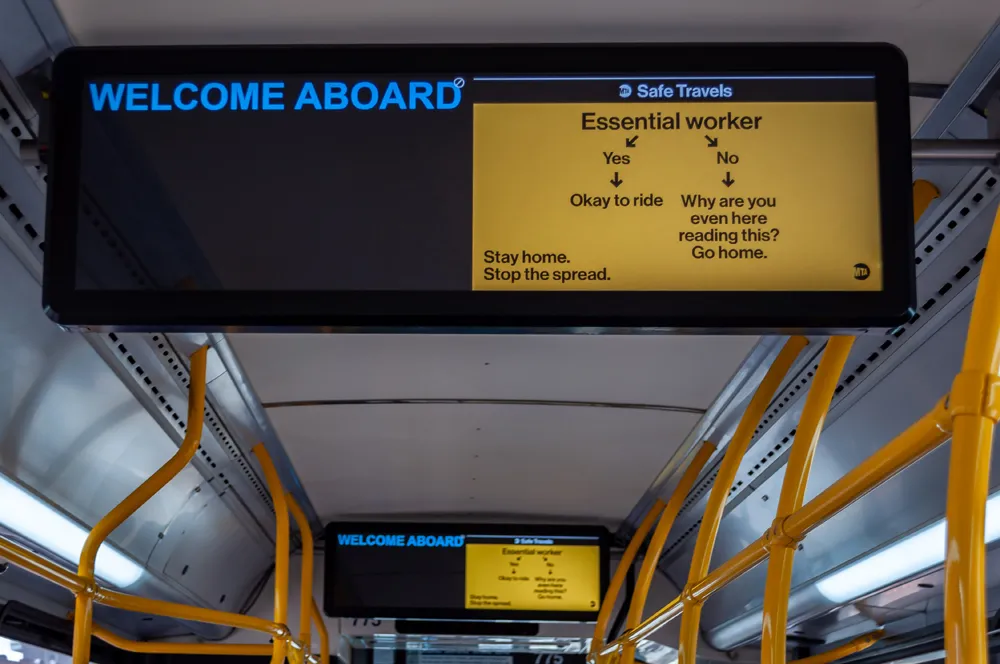Crosslinx Transit Solutions, consisting of Aecon, ACS Infrastructure Canada, EllisDon, and SNC-Lavalin, has been selected by
Subject to financial close and execution of the project agreement, Crosslinx will be responsible for the design, build, finance, operation, maintenance and lifecycle activities of the 19 kilometre Eglinton Crosstown LRT line for a 30-year term, including 25 stations, an integrated system of track work, rolling stock, signalling and communications infrastructure.
Financial close on the project is expected by summer 2015, with construction on the project anticipated to start in the first quarter of 2016. Testing and commissioning of the line will be confirmed following financial close.
“This is a pivotal time for Canada’s nation building, and in particular the unprecedented transit build-out planned over the next decade. For Aecon, this is a historic selection which confirms our strong position in the transit sector, and will contribute significantly to Aecon’s continued growth,” said Teri McKibbon, president and chief executive officer, Aecon Group. “The Eglinton Crosstown LRT project is one of the largest public-private partnerships globally and we are very pleased to be working together with our partners on the full scope of work for this world-class project.”
Aecon consortium selected for Eglinton Crosstown light rail transit project
Crosslinx Transit Solutions, consisting of Aecon, ACS Infrastructure Canada, EllisDon, and SNC-Lavalin, has been selected by Metrolinx and Infrastructure Ontario as the preferred supplier for the development of the Eglinton Crosstown light rail transit project in Toronto.
June 11, 2015
Read time: 2 mins










